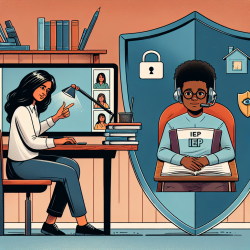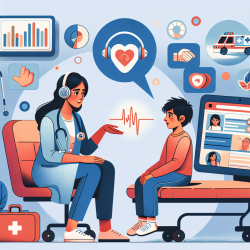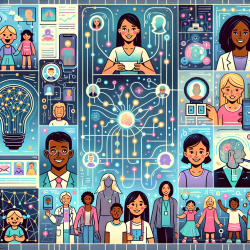Understanding Secondary Traumatic Stress in Educators
Secondary Traumatic Stress (STS) is a phenomenon that has been extensively studied in professions such as psychology, nursing, and social work. However, its impact on educators is only recently gaining attention. A recent study titled Exploring the demographics of teachers who experience secondary traumatic stress sheds light on how STS affects teachers, particularly in urban school districts.
Key Findings from the Study
The study focused on a small urban school district in the U.S., examining the levels of STS among teachers. It revealed that:
- Most teachers experience STS within the normal range, but certain demographics, such as White, working-class elementary school teachers, experience higher levels of STS compared to their peers.
- Elementary school teachers generally experience higher levels of STS than middle and high school teachers.
- Teachers from working-class backgrounds experience higher STS levels compared to those from upper-middle-class backgrounds.
Implications for Educators and Schools
The findings underscore the importance of addressing STS in educational settings. Here are some strategies that can be implemented:
- Professional Development: Schools should offer training on trauma-informed practices to help teachers manage STS effectively.
- Support Systems: Establishing peer support groups can provide teachers with a platform to share experiences and coping strategies.
- Policy Changes: Schools and districts should consider policies that reduce the workload and emotional burden on teachers, such as providing mental health days or reducing class sizes.
Encouraging Further Research
While this study provides valuable insights, there is a need for further research to explore the long-term effects of STS on teachers and the effectiveness of different mitigation strategies. Educators and researchers are encouraged to delve deeper into this area to develop comprehensive solutions.
Conclusion
Understanding and addressing STS in educators is crucial for creating a supportive and effective learning environment for students. By implementing trauma-informed practices and supporting teachers, schools can transform challenges into opportunities for growth and development.
To read the original research paper, please follow this link: Exploring the demographics of teachers who experience secondary traumatic stress.










